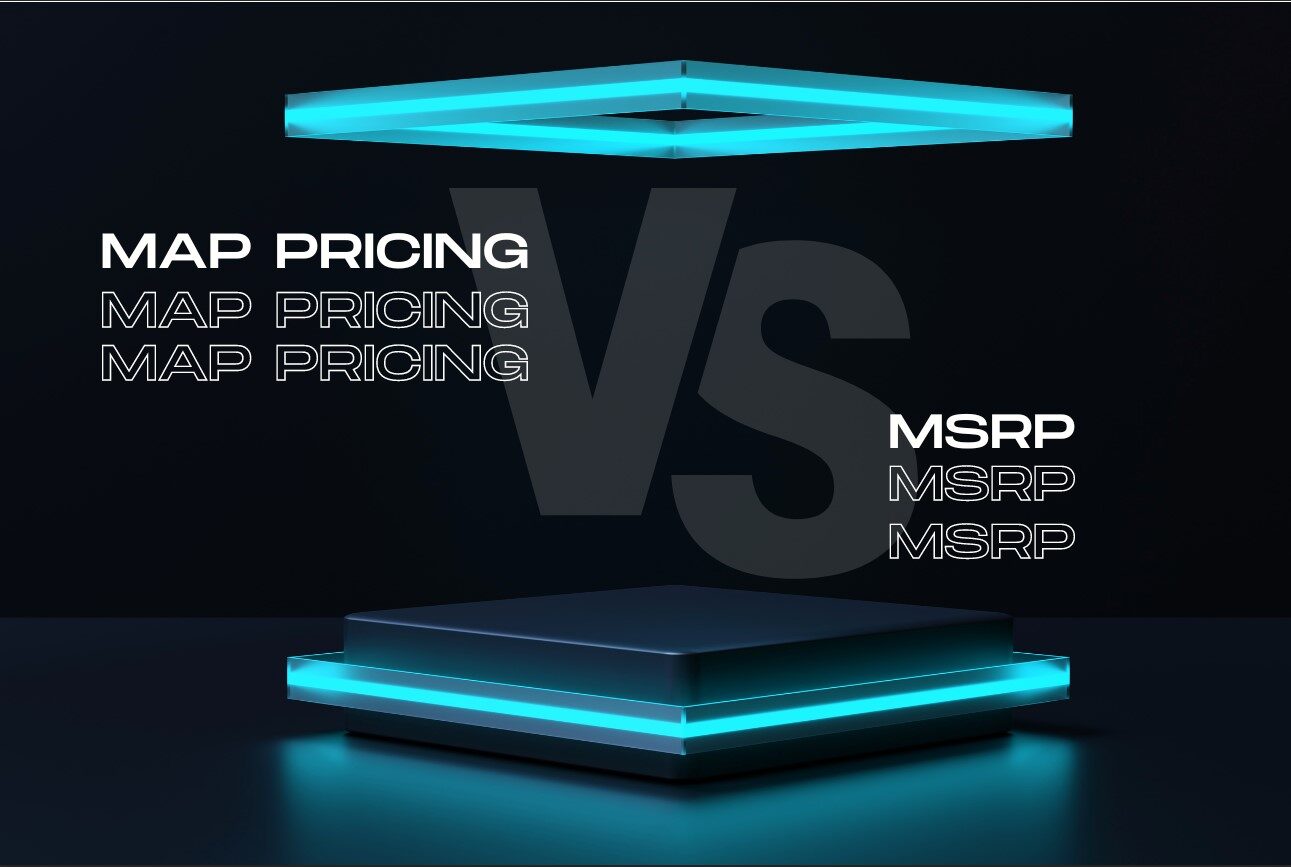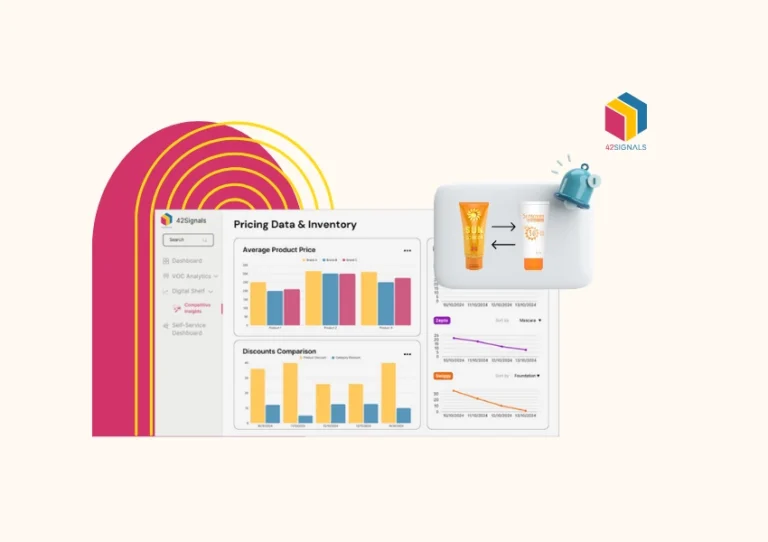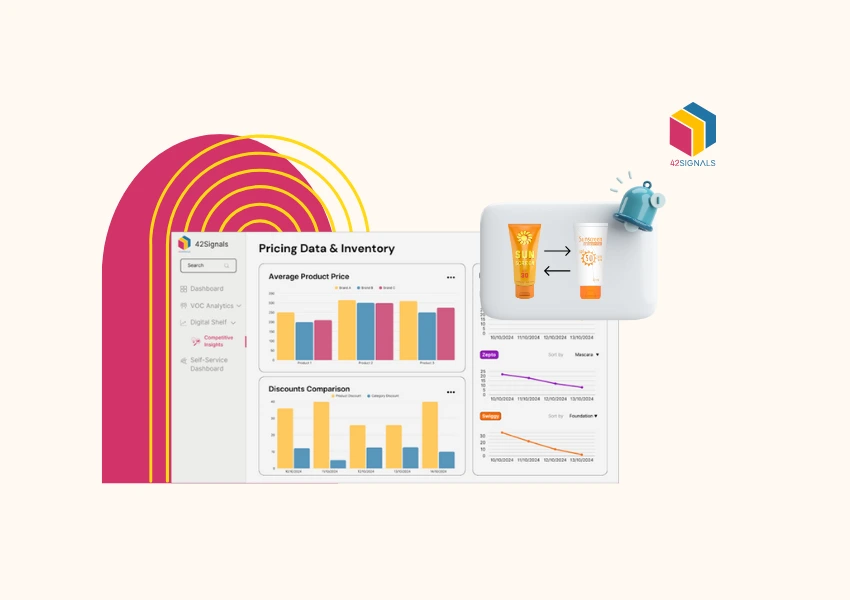Pricing in retail is a strategic tool that merchants utilize to achieve profitability and market positioning. It involves:
- Establishing the optimal price points for products.
- Understanding cost structure and market demand.
- Balancing competitive pricing with profitability objectives.
Retail prices depend on factors like production costs, competition, and brand image. Stores use strategies like discounts or premium pricing to attract different customers. To know more about it let’s understand the differences between MAP vs MSRP.

Image Source: https://brandly360.com/
What is MAP Pricing?
Think of Minimum Advertised Price (MAP) as a rule made by brands. It’s like the lowest price a product can be shown for in ads. Sellers can still sell the product for any price, but when they advertise it, they can’t show a price lower than the agreed MAP.
This rule helps keep the brand’s value high, stops sellers from fighting over prices, and protects smaller sellers from getting pushed out by bigger ones. Many industries use this strategy, especially when how people see the brand and how much sellers make are important.
What is Manufacturer’s Suggested Retail Price (MSRP)?
Within the retail sector, understanding the Manufacturer’s Suggested Retail Price (MSRP) is paramount. This term refers to the price recommended by manufacturers for selling their products, holding considerable significance in the industry.
It acts like a pricing guide, set by the maker of the product. The MSRP is basically a recommended selling price that helps keep prices consistent among different sellers. It ensures:
- Consumer Transparency: By suggesting a price, consumers have an idea of the cost of an item, regardless of where they shop.
- Retailer Guidance: It offers retailers an established price point, potentially assisting with inventory planning and preventing price wars.
- Brand Value Protection: Maintaining a consistent price across locations aids in safeguarding the perceived value of the product.
Adhering to the MSRP, although not enforceable by law, can affect the relationship between manufacturers and retailers, impacting supply and marketing support.
MAP vs. MSRP

Here are some of the key differences between MAP vs. MSRP:
- Definition: MAP pricing is the lowest price retailers are allowed to advertise a product for sale. Conversely, MSRP (Manufacturer’s Suggested Retail Price) is the price a manufacturer recommends retailers sell a product for.
- Purpose: MAP is instituted primarily to maintain brand value and preserve retailer margins, whereas MSRP is suggested to standardize retail pricing and provide a baseline for consumers.
- Enforcement: Manufacturers enforce MAP policies through agreements with retailers; violating MAP can result in penalties. MSRP, on the other hand, is not legally enforceable, and retailers can choose to adhere to or deviate from it.
- Flexibility: Retailers have more flexibility with MSRP since they can adjust prices without manufacturer consequences. The flexibility with MAP is limited because penalties can occur if advertised prices drop below the MAP threshold.
The Impact on Retailers and Consumers
When retailers implement rules like Minimum Advertised Price (MAP), it’s a way to keep their brand strong and protect profits for both the brand and the stores. This makes sure that everyone plays by the same rules in the competition. However, some stores might feel a bit stuck because they can’t freely use different pricing strategies.
For shoppers looking for great deals, MAP can be a bit of a challenge as it limits the chances for discounts. This might be frustrating when it seems like prices are fixed and not flexible.
Manufacturer’s Suggested Retail Price (MSRP) is like a starting point for a product’s price. It helps customers get an idea of what something usually costs. The cool part is that stores can still change the price during special deals and promotions.
Legal Implications and Enforcement of MAP and MSRP
Manufacturers establish MAP pricing and Manufacturer’s Suggested Retail Price (MSRP) policies to maintain brand reputation and pricing consistency. However, their enforcement and legal implications differ:
- MAP: Legally, manufacturers can enforce MAP agreements through contracts with retailers. MAP violations can lead to consequences like suspension of supply or termination of the partnership. MAP policies are monitored to prevent price fixing, which would violate antitrust laws.
- MSRP: Although manufacturers suggest retail prices, retailers are generally free to sell goods at any price. MSRP infringement typically does not carry legal penalties, as it is merely a recommendation, not a binding agreement.
Retail compliance is essential for maintaining market stability and upholding brand value through these pricing strategies.
MAP and MSRP Policies for Manufacturers and Sellers
To effectively comply with Minimum Advertised Price (MAP) and Manufacturer’s Suggested Retail Price (MSRP) policies, manufacturers and sellers should adhere to the following steps:
- Thoroughly understand the distinct terms of the agreements. MAP relates to the lowest price at which a product can be openly advertised, while MSRP is merely a recommended selling price.
- Implement consistent monitoring systems to track advertised prices across various platforms to ensure that all sellers adhere to MAP policies.
- Communicate MAP policies clearly to retailers and distributors, highlighting the importance of maintaining brand value and customer perception.
- Be prepared to enforce consequences for MAP violations, which can include the removal of advertising funds or termination of seller agreements.
- Use legal counsel to draft and review these policies to ensure they do not fall afoul of antitrust laws and other regulations.
Conclusion
Navigating the complex terrain of retail pricing involves understanding the distinct functions and implications of MAP vs. MSRP. MAP pricing emphasizes a competitive yet equitable market, preventing price wars that could be detrimental to brand reputation and retailer margins. MSRP, meanwhile, serves as a suggested price, offering consumers a benchmark while allowing retailers to determine the final sale price. I hope this cleared up and helped you understand what is MAP pricing.
Both strategies interact with consumer perception, competition, and marketing tactics, forming an intricate web that businesses must master to successfully position their products in the market and maintain a harmonious relationship with both customers and supply chain partners.







